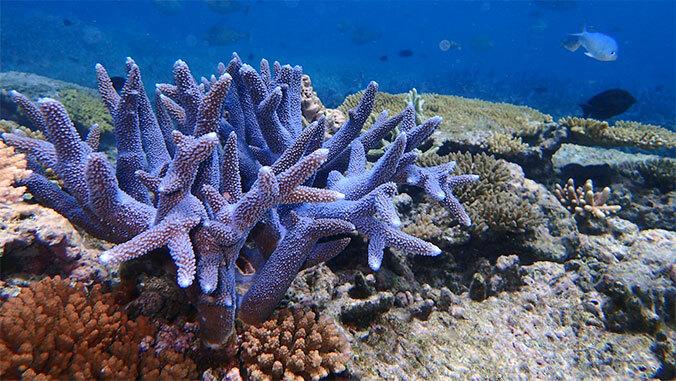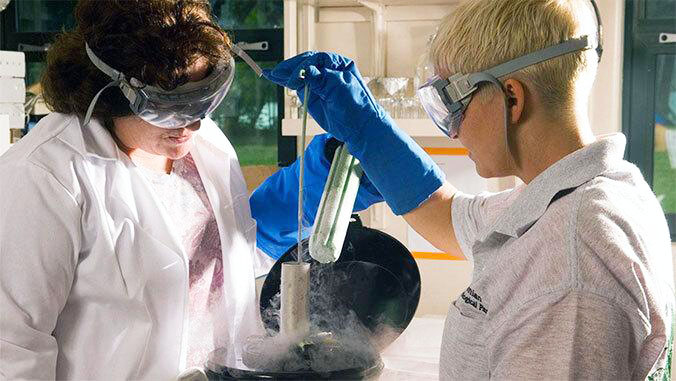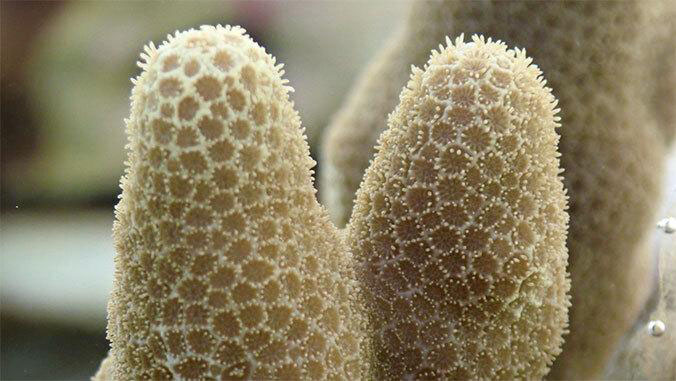University of Hawaiʻi Mānoa leads global ‘Noah’s Ark’ to safeguard coral reefs
A new global alliance, with key leadership from the University of Hawaiʻi at Mānoa, has been established to create a “Noah’s Ark” for coral reefs.

The initiative, detailed in a publication in BioScience, focuses on combating the effects of climate change by building a worldwide network of coral biorepositories to safeguard the genetic diversity of these vital ecosystems.
With global carbon emissions continuing to rise, the alliance aims to provide a critical safeguard against extinction by preserving coral genetic material in biosecure facilities.
The research, led by Mary Hagedorn of the University of Hawaiʻi at Mānoa’s Hawaiʻi Institute of Marine Biology and the Smithsonian’s National Zoo and Conservation Biology Institute, highlights the critical need for a proactive conservation strategy.

“This is an urgent and ambitious endeavor,” said Hagedorn, lead author of the study. “By integrating and standardizing our processes globally, we can ensure that we have the resources to not only prevent extinction but also to support long-term coral adaptation, resilience and restoration.”
The network will use a three-pronged approach to conservation: frozen nonliving tissue samples, live coral colonies in aquaculture, and cryopreserved samples of frozen and live coral.
The global biorepository network will be instrumental in developing new, stronger types of coral, as coral can now be spawned in captivity. This network can be used to restore damaged reefs and help them survive in a changing climate while holding other material for the future.

The innovative approach provides a last-resort safety net, ensuring that essential bio and genetic diversity can be preserved for future generations.
The publication calls on the scientific community, conservation organizations, and governments to support this critical infrastructure for the future of marine biodiversity.



